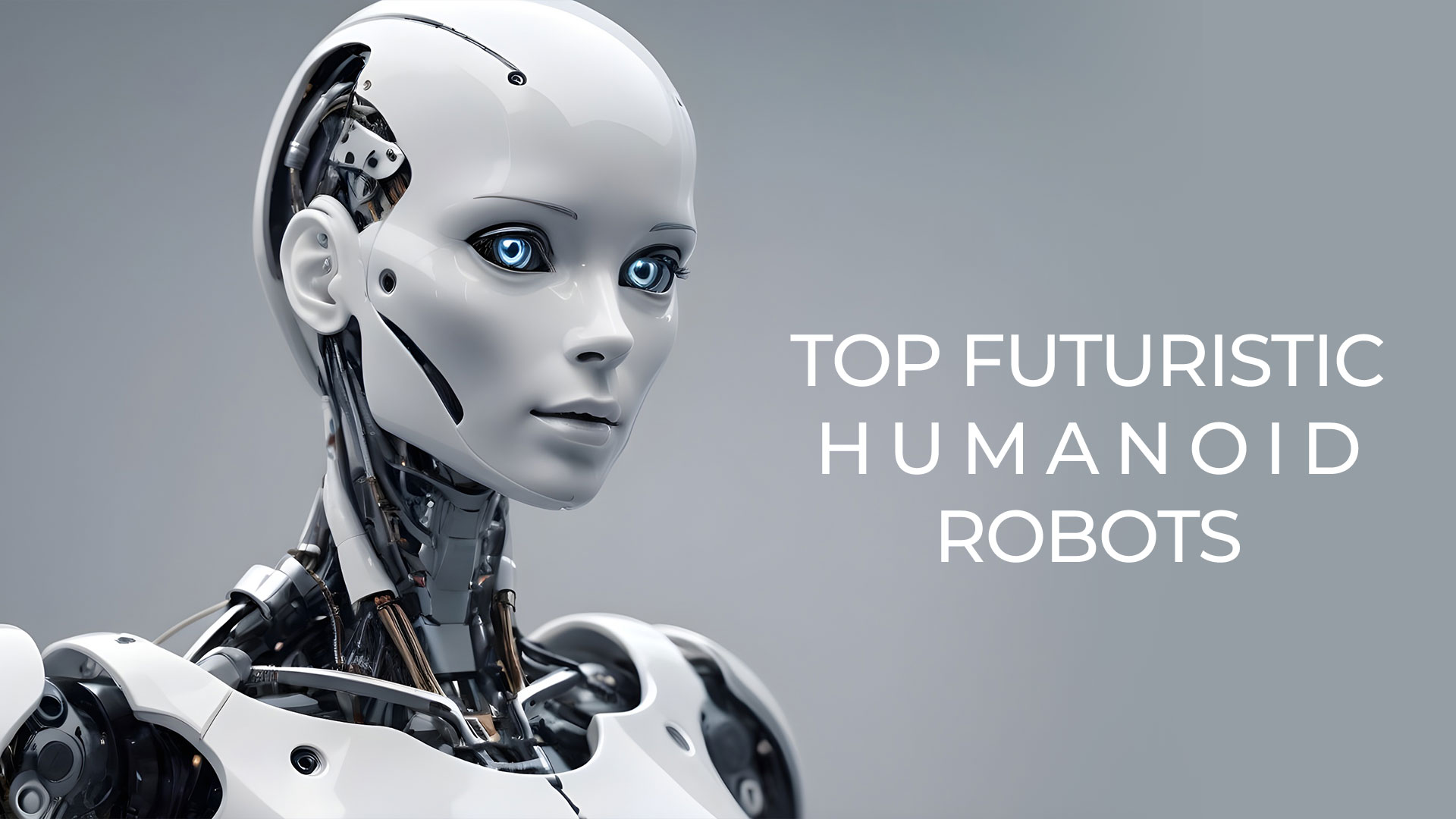Humanoid robots are robots designed to resemble humans in appearance and behavior. These machines are equipped with advanced technologies that enable them to interact with their environment and perform tasks that were once exclusive to humans.
The Evolution of Humanoid Robots
The development of humanoid robots has come a long way since the early days of science fiction. Advancements in artificial intelligence, robotics, and materials science have made it possible to create increasingly sophisticated and lifelike robots. Some notable examples include:
- ASIMO: Developed by Honda, ASIMO is one of the most recognizable humanoid robots. It is capable of walking, running, and even climbing stairs.
- Sophia: A humanoid robot developed by Hanson Robotics that is known for its expressive facial features and ability to engage in conversation.
- Atlas: A humanoid robot developed by Boston Dynamics that is capable of performing complex tasks such as backflips and parkour.
Applications of Humanoid Robots
Humanoid robots have a wide range of potential applications, including:
- Healthcare: Assisting with surgeries, providing patient care, and conducting medical research.
- Customer Service: Serving as receptionists, sales assistants, and customer support representatives.
- Education: Teaching students and providing personalized learning experiences.
- Entertainment: Performing in shows, movies, and theme parks.
- Research and Development: Assisting in scientific research and development tasks.
Challenges and Future Prospects
Despite their impressive capabilities, humanoid robots still face several challenges:
- Cost: Developing and manufacturing humanoid robots can be expensive.
- Complexity: Creating robots that can navigate complex environments and interact with humans in a natural way is a complex engineering challenge.
- Ethical Considerations: The development and deployment of humanoid robots raise important ethical questions, such as the potential for job displacement and the risk of misuse.
However, as technology continues to advance, we can expect to see even more sophisticated and capable humanoid robots in the future. These robots have the potential to revolutionize various industries and improve our lives in countless ways.
Would you like to learn more about a specific humanoid robot or its applications?
